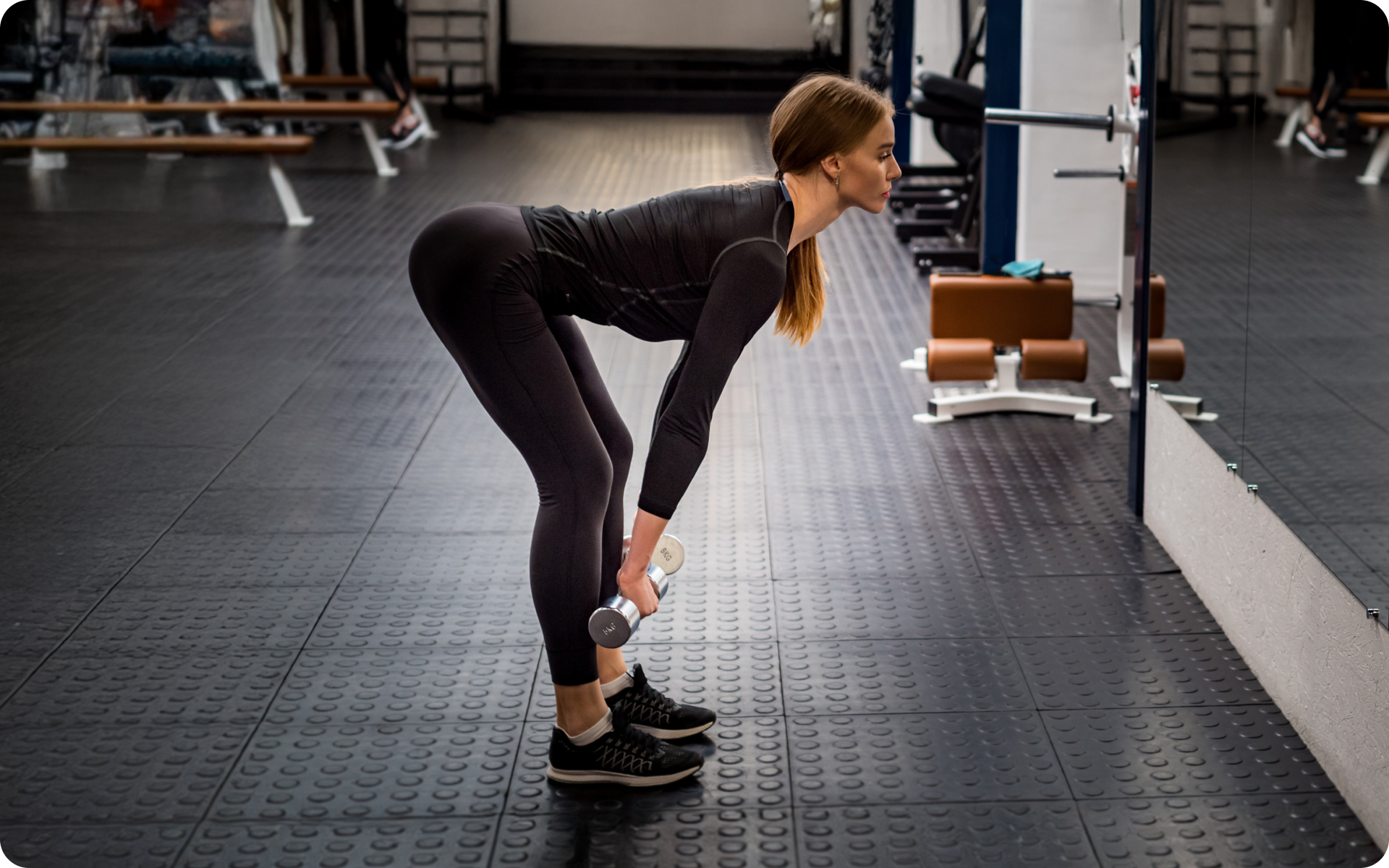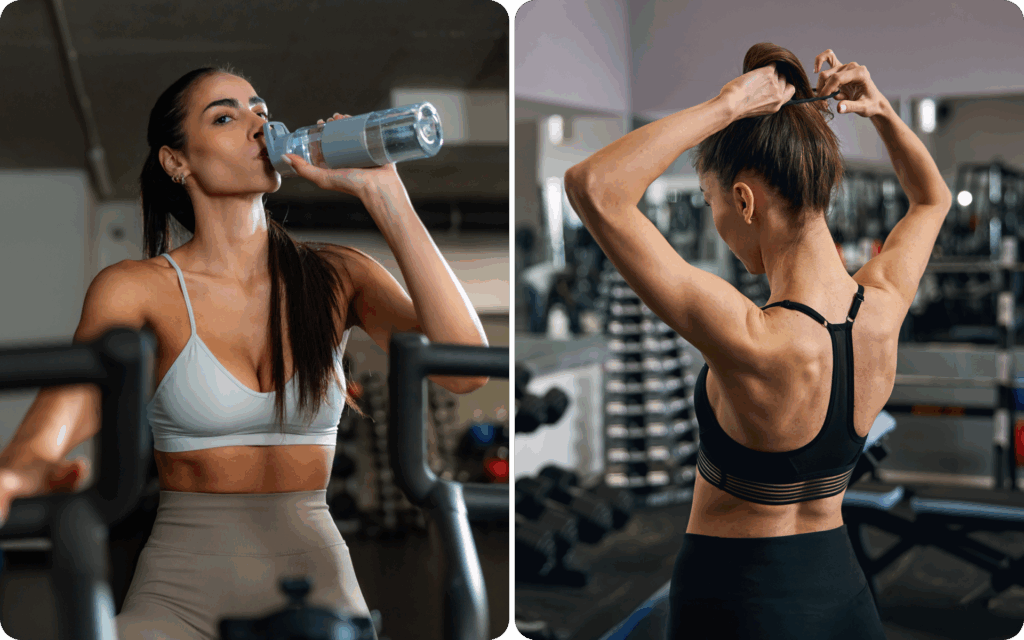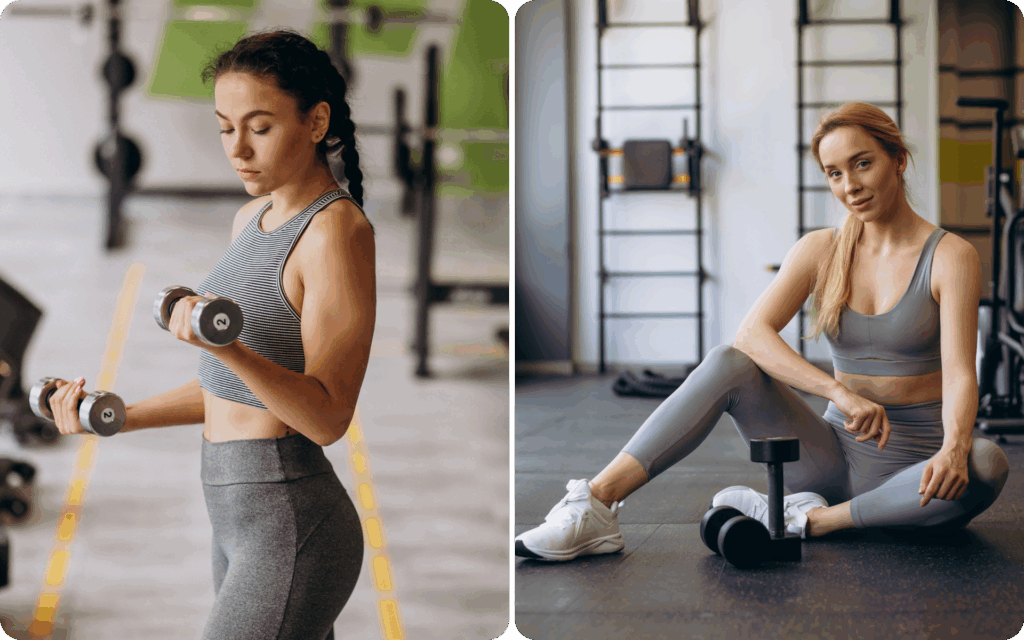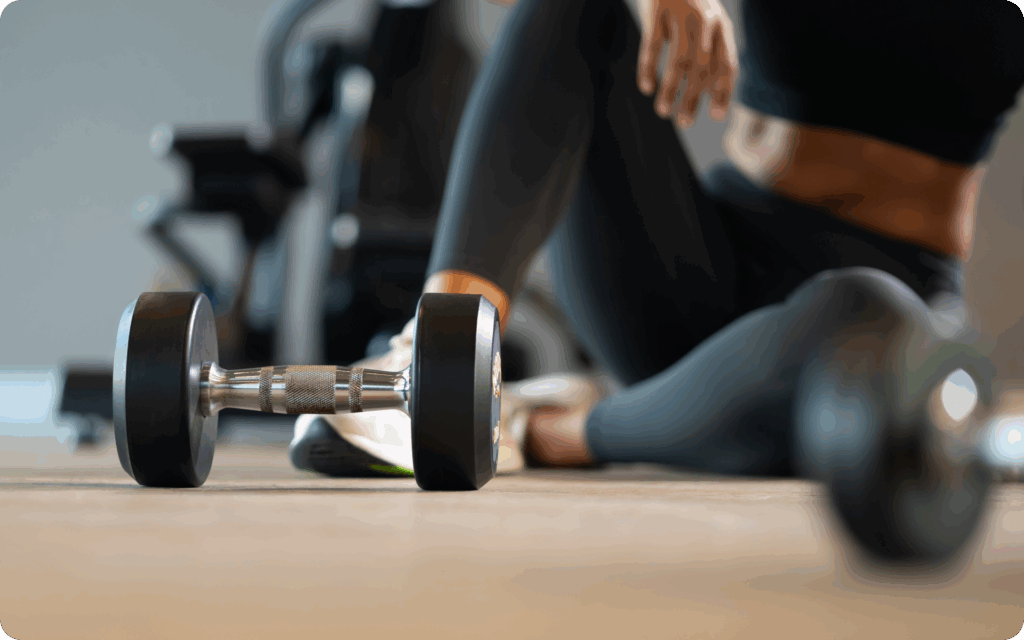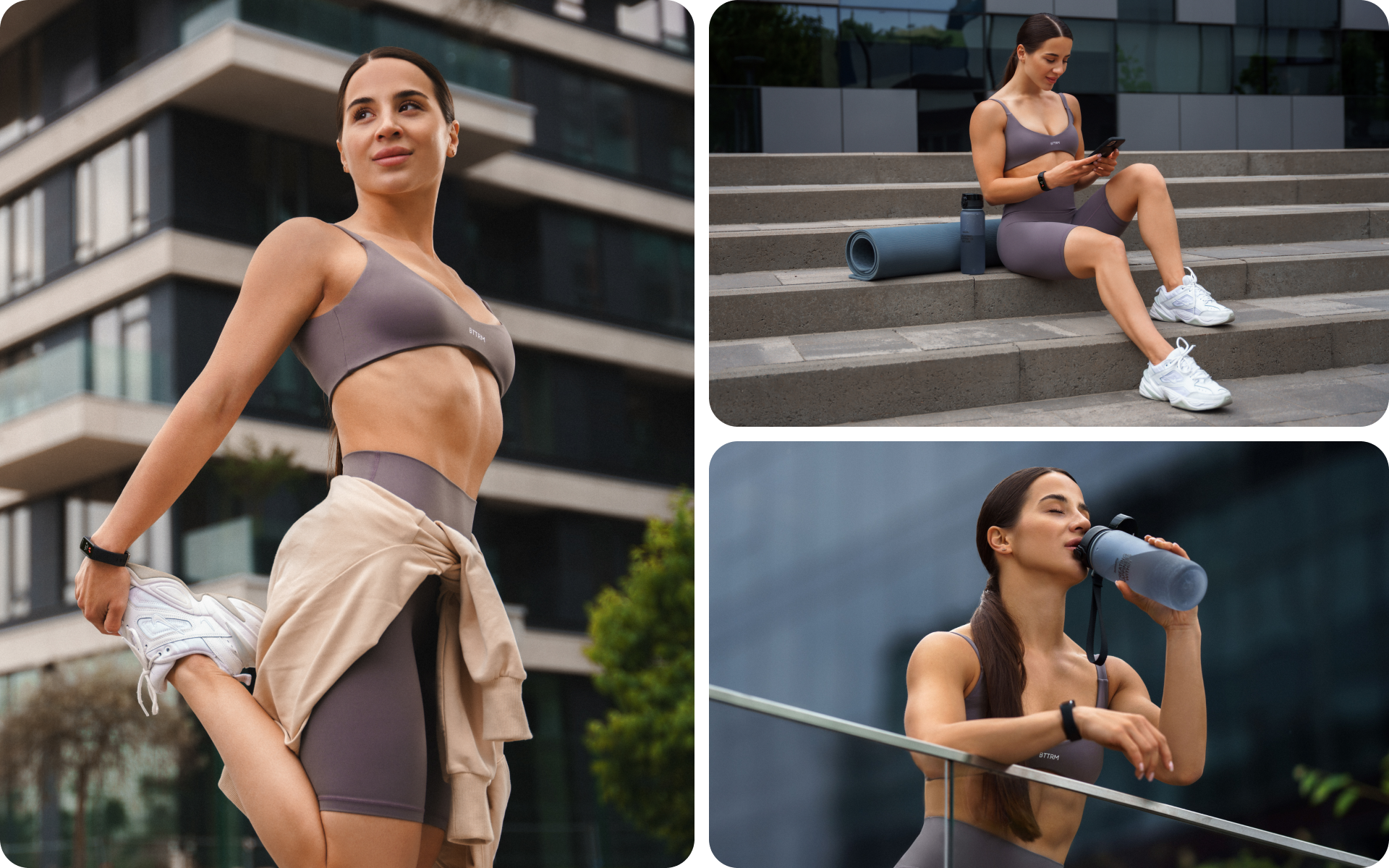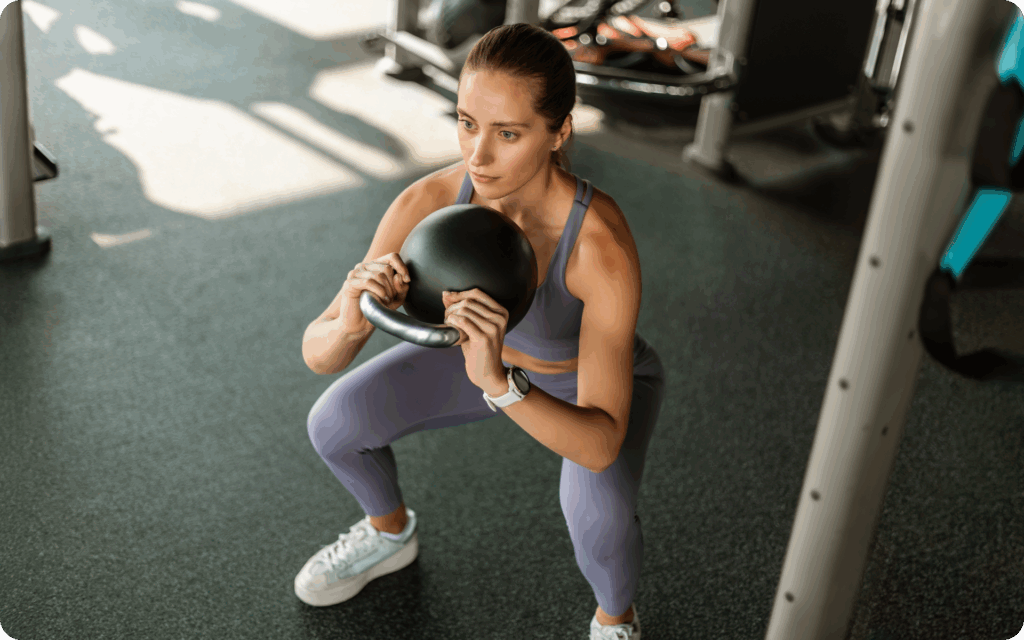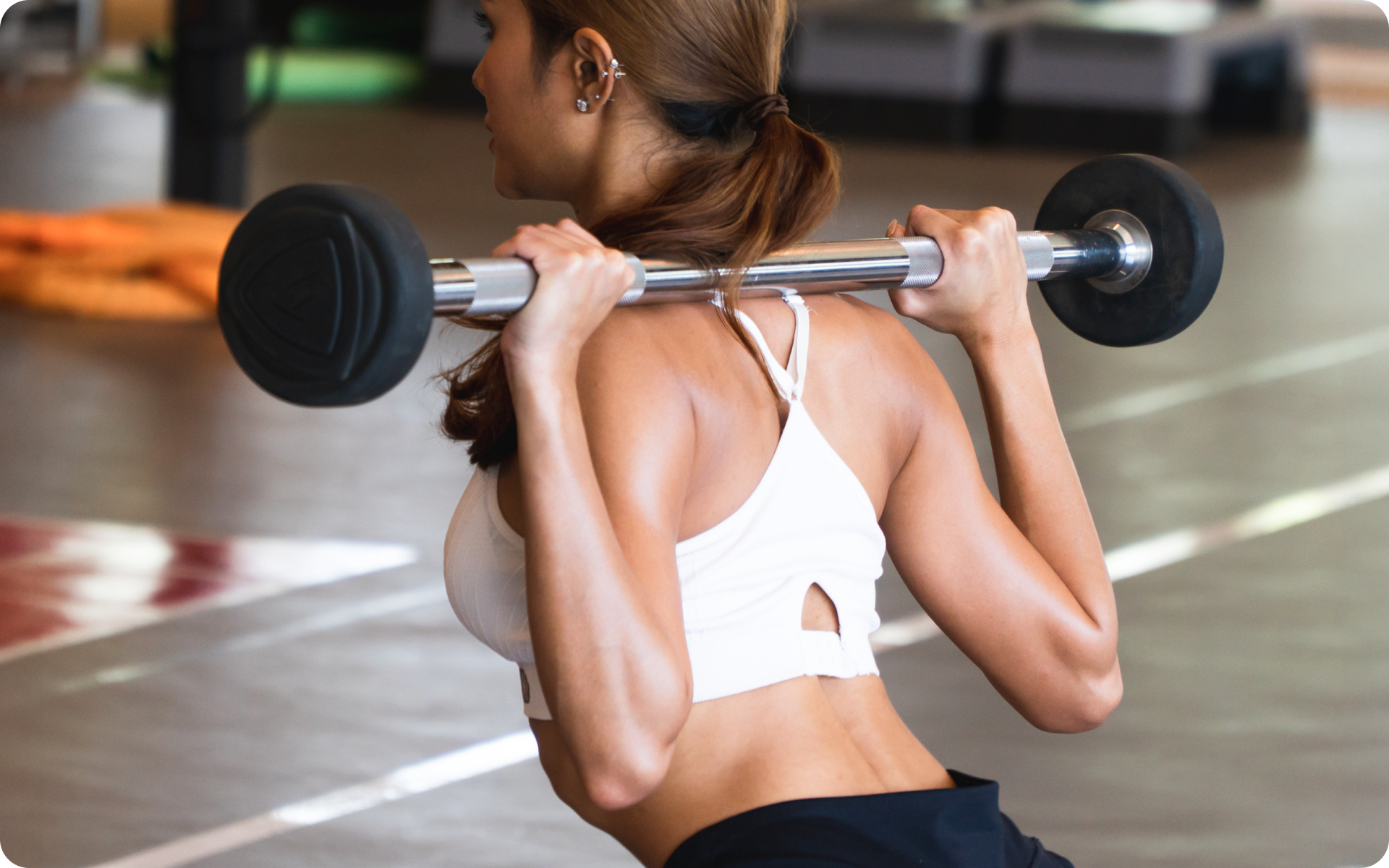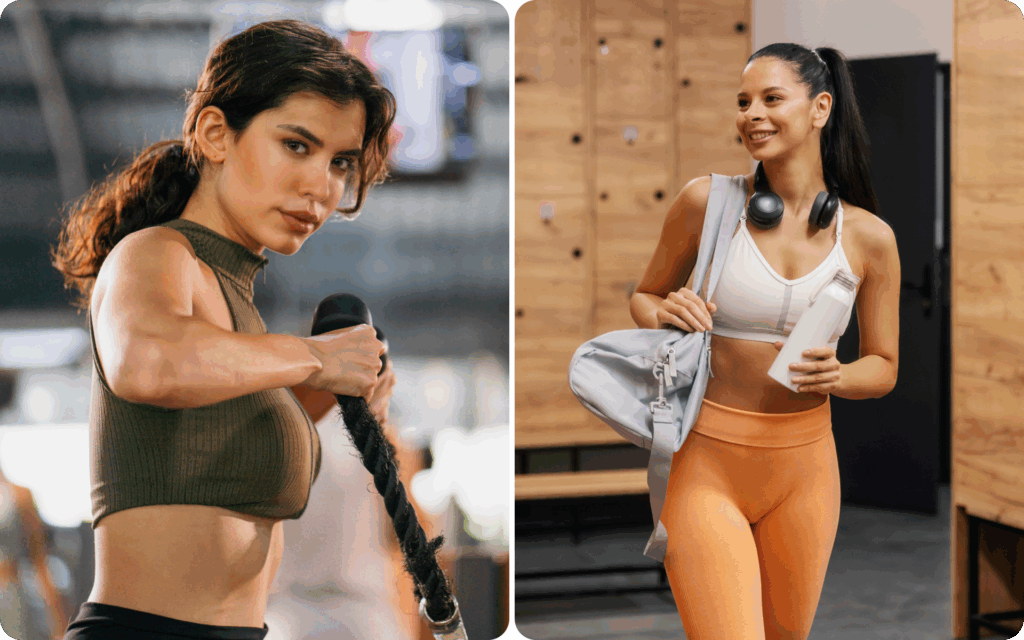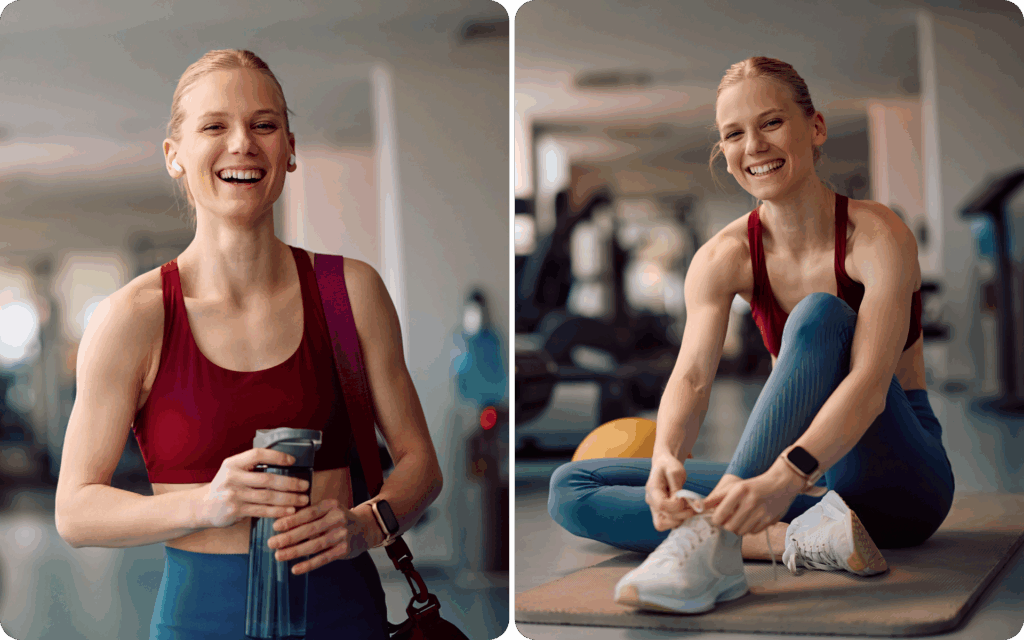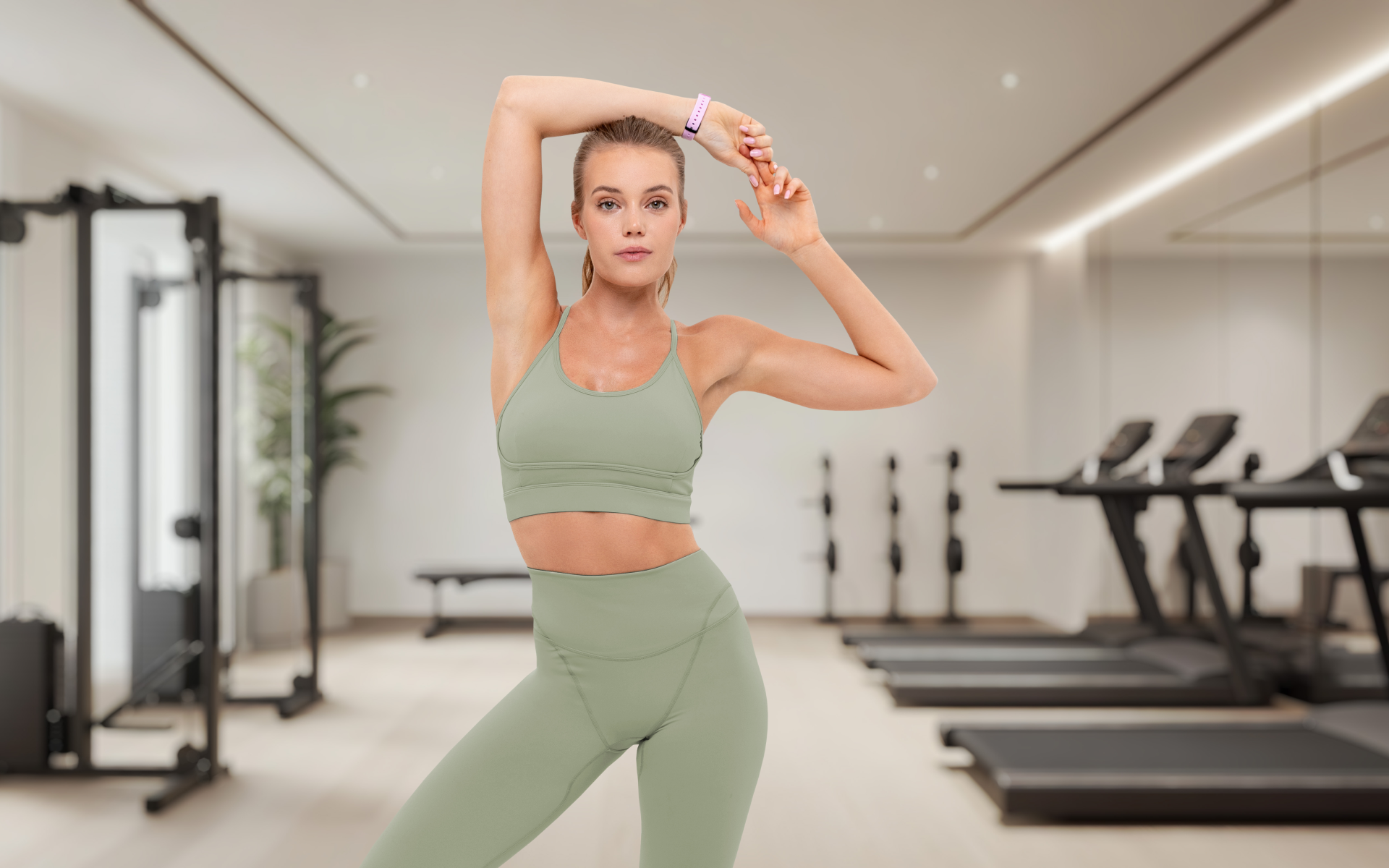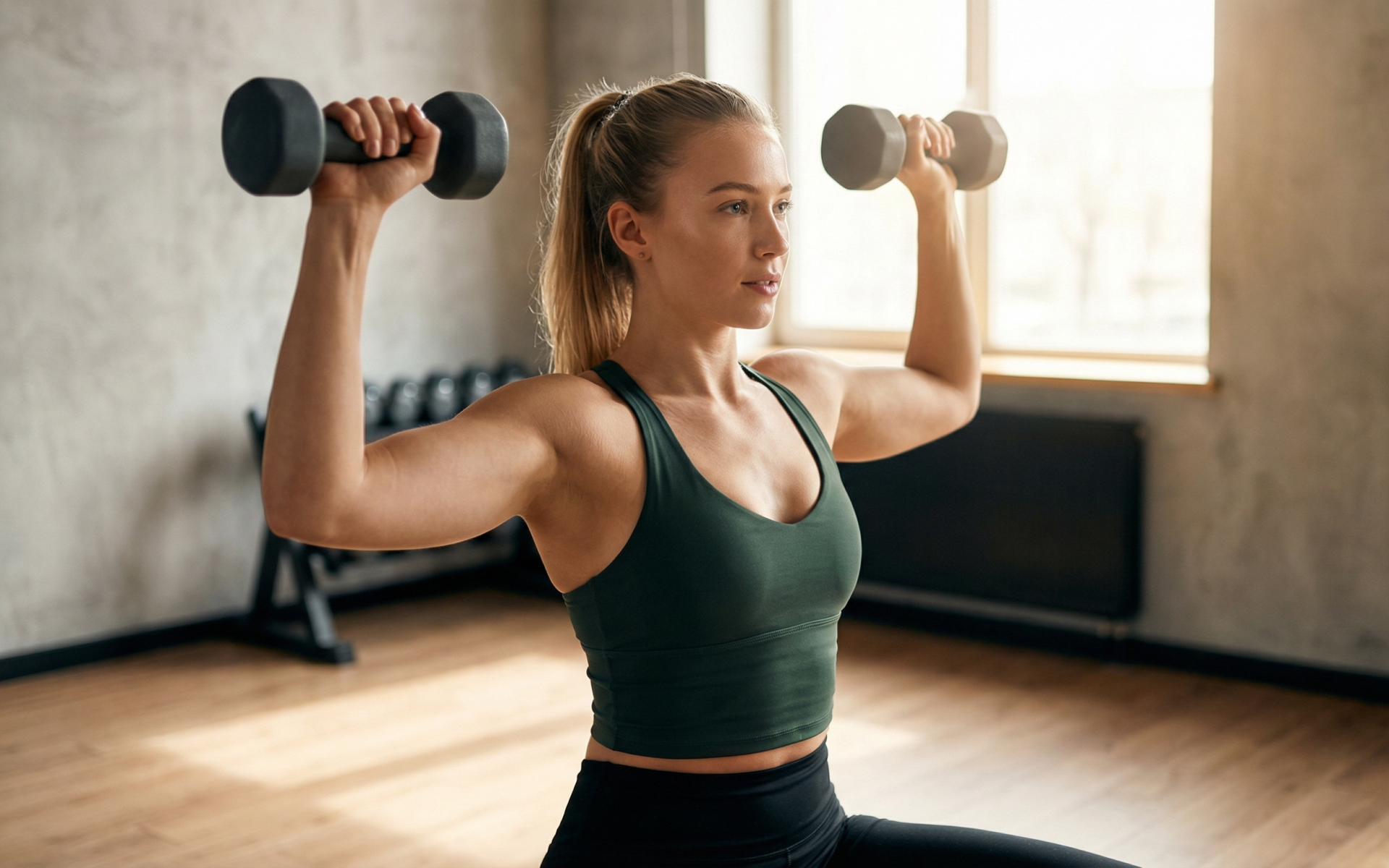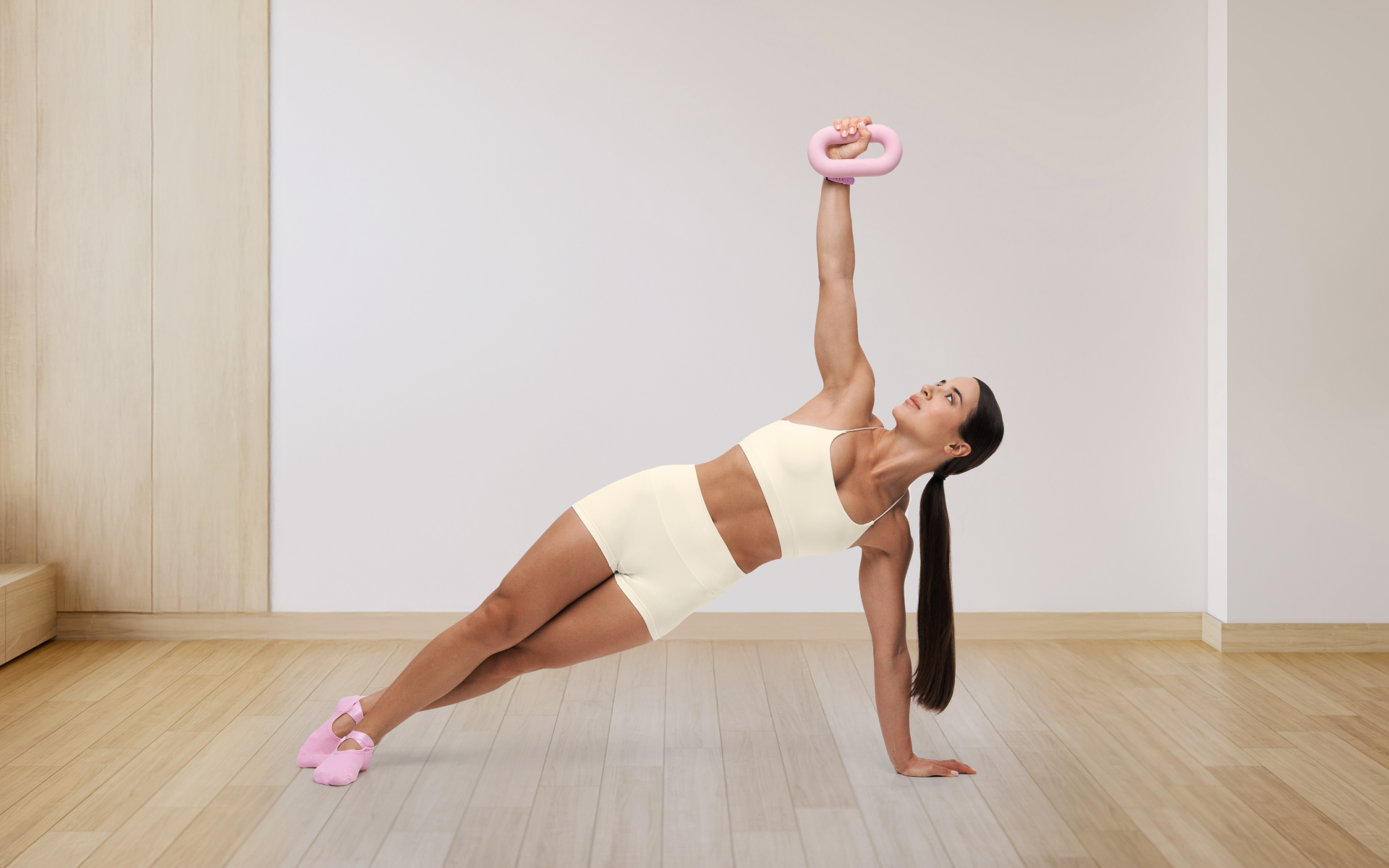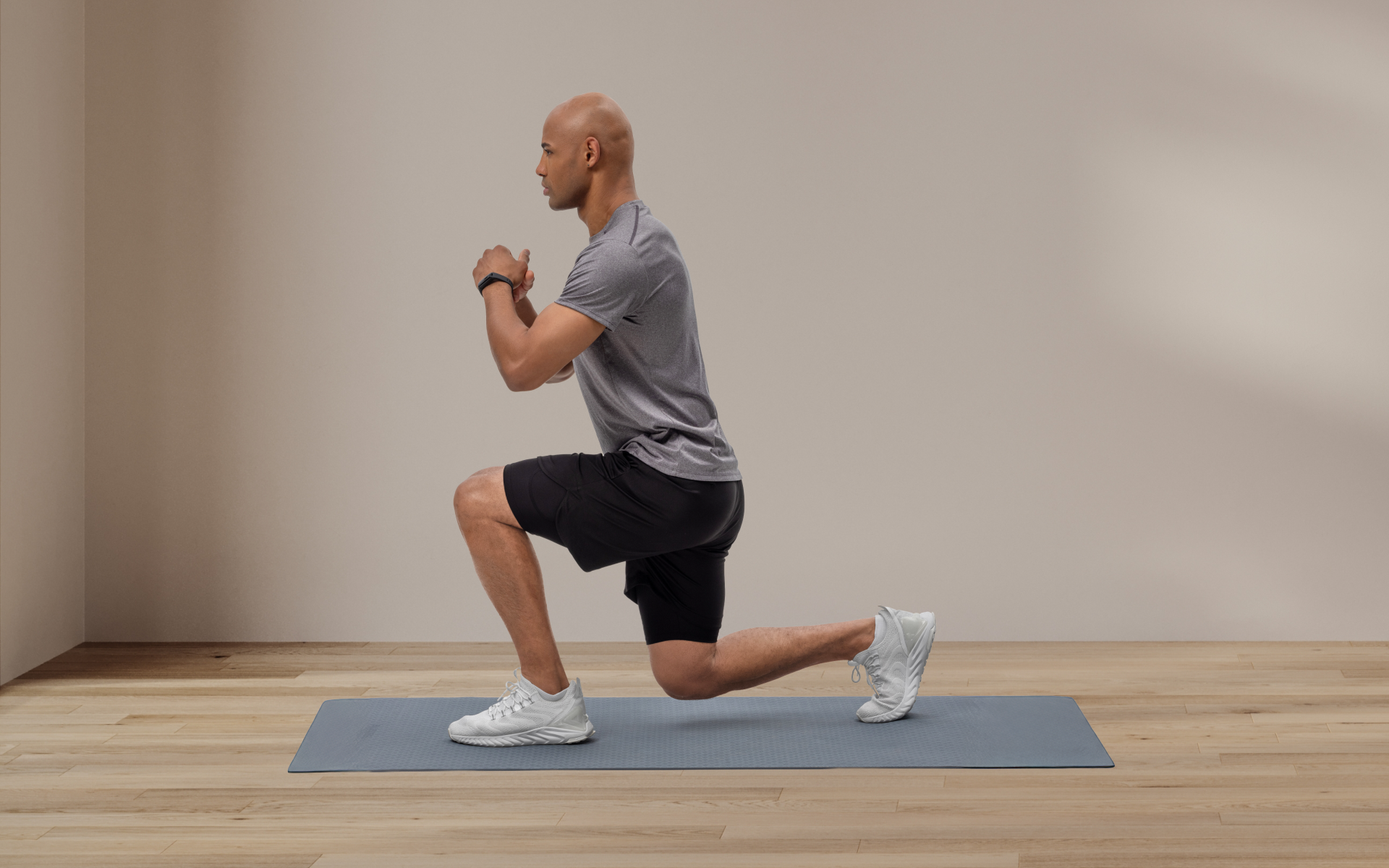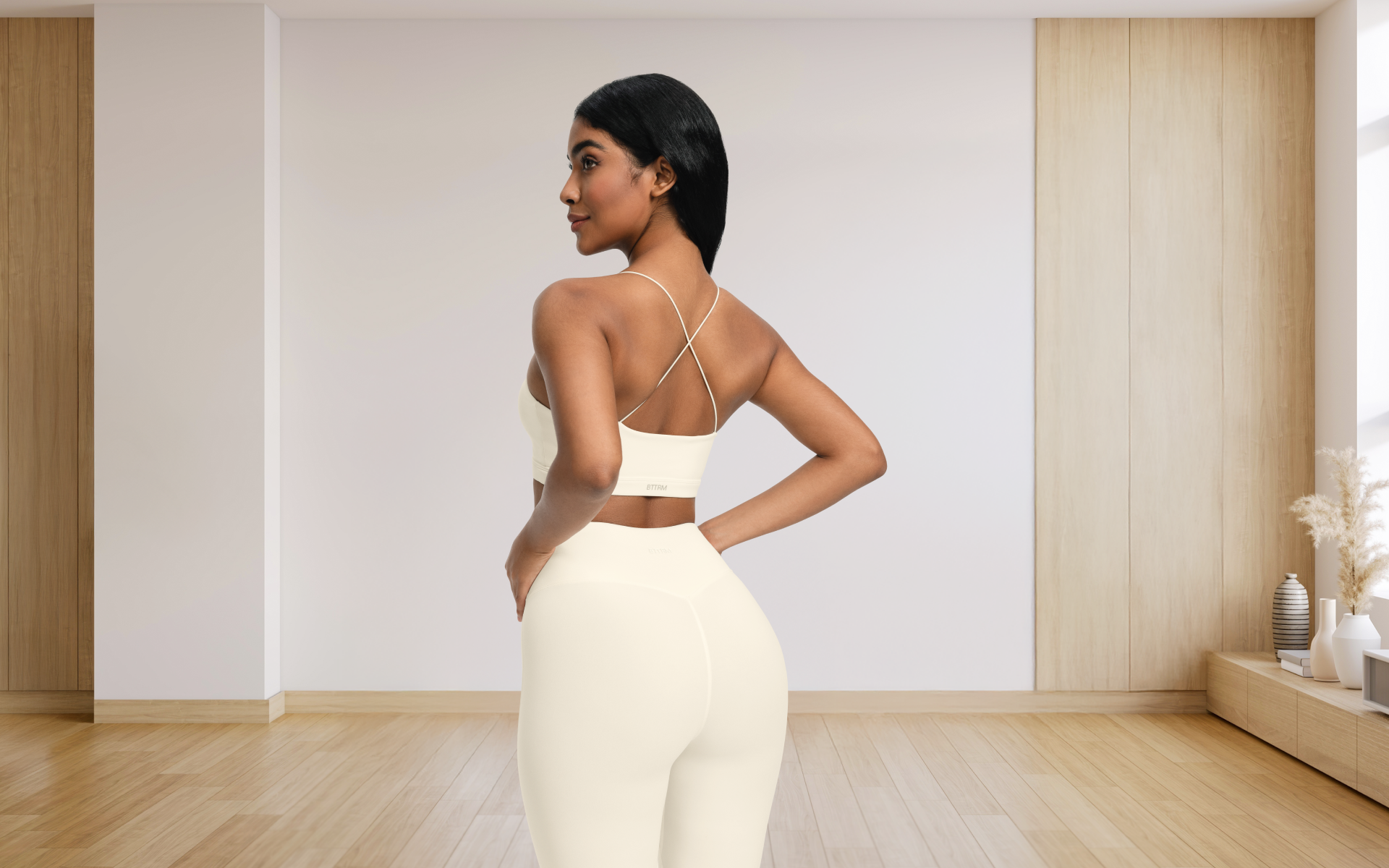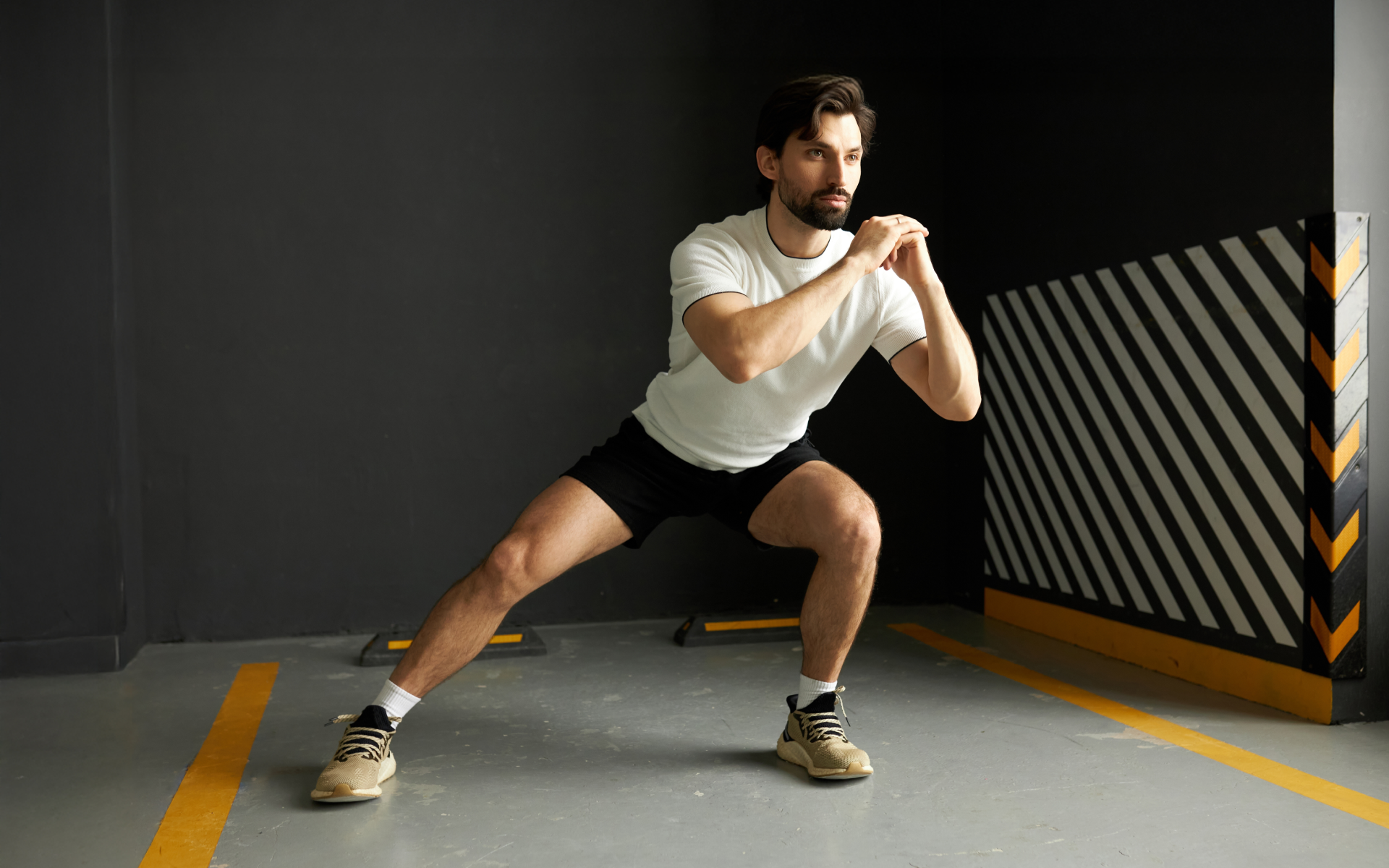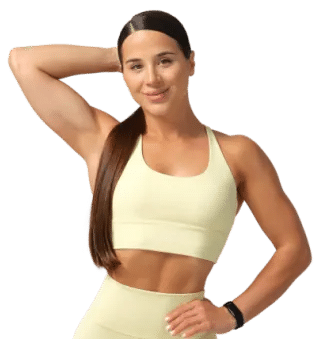Starting a lower-body workout routine at the gym can feel overwhelming, particularly when you’re navigating unfamiliar equipment and uncertain about proper form.
The good news is that building strength in your legs and glutes doesn’t require mastering complex movements right away. With the right approach, you can develop a powerful foundation that supports both your fitness goals and daily activities.
This guide will walk you through evidence-based strategies for lower-body training, focusing on practical techniques that prioritize both effectiveness and safety. You’ll discover how to build strength progressively, target key muscle groups, and avoid common pitfalls that can derail your progress.
What Is a Smart Way to Train Legs at the Gym?
Smart leg training begins with understanding fundamental principles that guide effective muscle development. The National Strength and Conditioning Association (NSCA) emphasizes several key concepts that form the foundation of intelligent programming.
The Principle of Specificity
Your body adapts specifically to the demands you place on it. When you perform squats, your muscles adapt to that particular movement pattern, range of motion, and loading pattern (1). This means choosing exercises that are aligned with your goals produces the most relevant adaptations.
For lower-body development, compound movements such as squats, deadlifts, and lunges provide the greatest return on investment. These exercises recruit multiple muscle groups simultaneously, which creates the stimulus that is needed for comprehensive strength gains.
Progressive Overload Strategy
Your muscles grow stronger only when they’re challenged beyond their current capacity. This principle of overload requires gradually increasing training demands over time (2). For beginners, this may mean adding 5-10 pounds to your squat each week, or performing one additional repetition per set.
The key is consistency in progression. Small, incremental increases compound into significant strength gains over months of training. Track your weights, reps, and sets to ensure you’re consistently challenging your muscles.
Individual Response Patterns
Every person responds differently to training stimuli. Some individuals build strength quickly, while others require more time to adapt. Your training history, genetics, and recovery capacity all influence how your body responds to exercise.
This principle emphasizes the importance of listening to your body and adjusting your program accordingly. If you’re consistently fatigued or experiencing excessive soreness, you may need to reduce training volume or intensity.
When it comes to weight loss, progress is made by inches, not miles, so it’s much harder to track and a lot easier to give up. The BetterMe: Health Coaching app is your personal trainer, nutritionist, and support system all in one. Start using our app to stay on track and hold yourself accountable!
Proper Exercise Execution
Technique forms the cornerstone of safe and effective training. Poor form reduces exercise effectiveness and significantly increases injury risk (3). Master bodyweight movements before adding external resistance.
For squats, focus on maintaining a neutral spine, tracking your knees over your toes, and achieving appropriate depth. These fundamentals transfer to all variations and loading patterns you’ll encounter as you progress.
Read more: Can Pilates Build Glutes? Here’s the Real Truth
What Is the Key to Building Strong Glutes at the Gym?
Glute development requires targeted activation and progressive loading through full ranges of motion. These muscles serve as the powerhouse of your lower body, contributing to posture, athletic performance, and injury prevention. Our previous post goes into great detail about the lower body pilates exercises.
Understanding Glute Function
Your glutes consist of three primary muscles: the gluteus maximus, medius, and minimus. The maximus provides hip extension and external rotation, while the medius and minimus stabilize the pelvis during movement (4).
Effective glute training targets all three muscles through varied movement patterns. Hip thrusts emphasize the maximus, while lateral movements such as side-lying clamshells activate the medius and minimus.
Activation Before Loading
Many people struggle with glute activation due to prolonged sitting and sedentary lifestyles. Before you jump into heavy squats or deadlifts, you need to establish proper muscle recruitment patterns through activation exercises (5).
Glute bridges, clamshells, and band walks prepare your muscles for more demanding exercises. Spend 5-10 minutes on activation work before your main training session to ensure optimal muscle recruitment.
Progressive Loading Strategies
Once you’ve established proper activation patterns, gradually increase resistance through various loading methods. Bodyweight exercises progress to resistance bands, then to free weights and machines.
The principle of progressive overload applies directly to glute development. Consistently challenge these muscles with increasing resistance, volume, or complexity to stimulate continued growth and strength gains.
Range of Motion Emphasis
Full range of motion exercises produce superior muscle development compared to partial range movements (6). For glute development, this means achieving full hip extension in exercises such as hip thrusts and deadlifts.
Partial range exercises have their place in specialized programs, but beginners benefit most from learning complete movement patterns. This approach builds flexibility, strength, and coordination simultaneously.
What Is a Pump-Inducing Lower-Body Gym Workout for a Female?
A comprehensive lower-body workout targets all major muscle groups through compound and isolation movements. This program balances muscle development while building functional strength patterns.
Dynamic Warm-Up Sequence
Start every session with movement preparation to increase blood flow and prepare your joints for exercise (7). This sequence should progress from low- to moderate-intensity movements.
Warm-Up Protocol:
- High knees: 10 yards forward and back
- Heel kicks: 10 yards forward and back
- Forward lunges with elbow to instep: 10 yards
- Side lunges with squat: 4 repetitions each side
- Leg swings: 10 repetitions forward/back and side to side
Primary Movement Pattern
Goblet Squats: 3 sets of 8-12 repetitions
Hold a dumbbell at chest level and perform squats with your feet shoulder-width apart. Focus on sitting back into your hips while maintaining an upright torso. This exercise targets your quadriceps, glutes, and core simultaneously.
Rest 60-90 seconds between sets to allow adequate recovery while maintaining training intensity.
Hip Hinge Pattern
Romanian Deadlifts: 3 sets of 8-10 repetitions
Using dumbbells or a barbell, hinge at your hips while maintaining a slight knee bend. Lower the weight until you feel a stretch in your hamstrings, then return to the starting position. This movement primarily targets your hamstrings and glutes.
Focus on pushing your hips back rather than bending your knees. This distinction is essential for proper muscle activation and injury prevention.
Unilateral Strength Development
Walking Lunges: 3 sets of 10 repetitions per leg
Step forward into a lunge position, lowering your back knee toward the ground. Push through your front heel to return to standing, then repeat with the opposite leg. This exercise challenges balance while building single-leg strength.
Unilateral training addresses strength imbalances and improves functional movement patterns that are used in daily activities and sports.
Glute-Focused Movement
Hip Thrusts: 3 sets of 12-15 repetitions
Position your shoulders on a bench with a barbell or dumbbell across your hips. Drive through your heels to lift your hips, squeezing your glutes at the top. This exercise provides maximum glute activation and development.
Start with bodyweight versions before adding external resistance. Master the movement pattern to ensure proper muscle recruitment.
Isolation Finishing Movement
Calf Raises: 3 sets of 15-20 repetitions
Stand with your toes on a platform or step, allowing your heels to drop below the level of your toes. Rise up onto your toes, pause briefly, then lower slowly. This exercise targets your calf muscles while improving ankle stability.
Control the eccentric (lowering) portion of the movement to maximize muscle activation and development.
Read more: 6 Compound Exercises for Women to Build Strength and Transform Their Bodies
What Is the Best Schedule for Sculpting Your Lower Half?
Training frequency and recovery patterns significantly impact your results and long-term progress. The NSCA recommends specific guidelines for optimizing training schedules based on your experience level and recovery capacity (8).
- Beginner Training Frequency
New trainees should perform lower-body workouts 2-3 times per week with at least 48 hours between sessions. This frequency allows adequate recovery while providing sufficient stimulus for adaptation.
Your nervous system and muscles need time to recover and adapt to training stress (9). Rushing this process by training too frequently can lead to overreaching and decreased performance.
- Recovery Integration
Rest days are not only passive recovery periods but active components of your training program. Light activities such as walking, stretching, or yoga enhance recovery without adding significant stress to your system.
Sleep quality and duration directly impact recovery and adaptation. Aim for 7-9 hours of quality sleep each night to optimize training adaptations and reduce the risk of injury (10).
Reasons why BetterMe is a safe bet: a wide range of calorie-blasting workouts, finger-licking recipes, 24/7 support, challenges that’ll keep you on your best game, and that just scratches the surface! Start using our app and watch the magic happen.
- Progression Timeline
Expect to see initial strength gains within 2-4 weeks, primarily due to improved neuromuscular coordination. Visible muscle changes typically occur after 6-8 weeks of consistent training.
Document your progress through measurements, photos, and performance metrics. This objective data helps you stay motivated and make informed adjustments to your program.
- Periodization Considerations
As you advance, consider implementing periodization strategies that vary training volume and intensity. This approach prevents adaptation plateaus and reduces injury risk.
Beginners benefit from linear progression, gradually increasing weight or repetitions each week. Advanced trainees may require more complex programming strategies.
What Is the Most Common Mistake in Female Leg Day Training?
Many women make critical errors that limit their progress and increase injury risk. Understanding these mistakes helps you avoid common pitfalls and accelerate your results.
- Avoiding Progressive Overload
The most significant mistake is failing to progressively increase training demands. Many women perform the same weights and repetitions for months, expecting continued progress.
Your muscles adapt to training stress within 2-4 weeks. Without progressive overload, you’ll maintain your current strength level but won’t continue improving. Track your workouts and consistently challenge your muscles with increased resistance or volume.
- Inadequate Recovery Protocols
Overtraining is another common error that stems from the misconception that more training equals better results. Your muscles grow during recovery periods, not during training sessions.
Signs of inadequate recovery include persistent fatigue, decreased performance, and increased injury susceptibility. If you experience these symptoms, you should reduce the training volume or take additional rest days.
- Neglecting Movement Quality
Many women prioritize weight lifted over movement quality, which leads to compensation patterns and injury risk. Perfect form with lighter weights produces better results than poor form with heavy weights.
Focus on controlling the entire range of motion, particularly the eccentric (lowering) portion of exercises. This approach maximizes muscle activation and reduces injury risk.
- Ignoring Individual Differences
Following generic programs without considering individual needs and limitations leads to suboptimal results. Your body structure, injury history, and goals should influence your exercise selection and programming.
Some women may need to avoid certain exercises due to structural limitations or past injuries. Work with qualified professionals to develop personalized programming that addresses your specific needs.
A good rep range for most women who are targeting lower-body strength and muscle growth is 8-12 repetitions per set. This range provides an effective balance between building muscle (hypertrophy) and increasing strength. For advanced lifters, occasionally incorporating lower reps (6-8) with heavier weights or higher reps (12-15) with moderate weights can further enhance progress (11). Training the lower body two to three times per week is ideal for most women. This frequency allows for sufficient stimulus to promote muscle growth and strength, while also giving the muscles time to recover and adapt. It’s important to space workouts at least 48 hours apart and to listen to your body’s recovery signals. Yes, you can build muscle without heavy weights. Scientific studies have shown that using lighter weights with higher repetitions – performed close to muscle fatigue – can stimulate similar muscle growth as lifting heavier weights (12). Bodyweight exercises, resistance bands, or moderate dumbbells are effective if you focus on good form and push your muscles near their limits. While squats are an excellent compound exercise, relying solely on squats will not lead to complete leg development. The lower body consists of multiple muscle groups, including the quads, hamstrings, glutes, and calves, each of which requires varied movements. Incorporating exercises such as lunges, deadlifts, hip thrusts, and calf raises ensures balanced strength and muscle growth throughout the entire lower body. Frequently Asked Questions
What is a good rep range for female leg workouts?
How often should women train their lower body at the gym?
Can you build muscle without heavy weights?
Is squatting enough for full leg development?
The Bottom Line
Building strong, functional legs and glutes requires patience, consistency, and intelligent programming. The principles that are outlined in this guide provide a roadmap for long-term success while minimizing injury risk.
Start with bodyweight movements to master proper form before adding external resistance. Focus on progressive overload through gradual increases in weight, repetitions, or training volume. Allow adequate recovery between sessions to optimize adaptations.
Remember that everyone responds differently to training stimuli. Listen to your body, track your progress, and adjust your program based on your individual response patterns. Consider working with certified professionals to ensure proper form and program design.
Your lower-body transformation journey begins with a single workout. Apply these evidence-based strategies consistently, and you’ll develop the strength, confidence, and results you’re looking for.
DISCLAIMER:
This article is intended for general informational purposes only and does not serve to address individual circumstances. It is not a substitute for professional advice or help and should not be relied on for making any kind of decision-making. Any action taken as a direct or indirect result of the information in this article is entirely at your own risk and is your sole responsibility.
BetterMe, its content staff, and its medical advisors accept no responsibility for inaccuracies, errors, misstatements, inconsistencies, or omissions and specifically disclaim any liability, loss or risk, personal, professional or otherwise, which may be incurred as a consequence, directly or indirectly, of the use and/or application of any content.
You should always seek the advice of your physician or other qualified health provider with any questions you may have regarding a medical condition or your specific situation. Never disregard professional medical advice or delay seeking it because of BetterMe content. If you suspect or think you may have a medical emergency, call your doctor.
SOURCES:
- SAID principle (2020, taylorandfrancis.com)
- Effects of Resistance Training Overload Progression Protocols on Strength and Muscle Mass (2024, pubmed.ncbi.nlm.nih.gov)
- ~Benefits of Proper Form and Technique during~Resistance Training~ (n.d., walkitscience.org)
- Gluteal Muscles (n.d., physio-pedia.com)
- Muscular Pre-activation Can Boost the Maximal Explosive Eccentric Adaptive Force (2019, frontiersin.org)
- Effects of range of motion on muscle development during resistance training interventions: A systematic review (2020, pmc.ncbi.nlm.nih.gov)
- Warm up and cool down activities (2024, nhsinform.scot)
- Determination of Resistance Training Frequency (2017, nsca.com)
- The Importance of Recovery in Resistance Training Microcycle Construction (2024, pmc.ncbi.nlm.nih.gov)
- Sleep and muscle recovery: endocrinological and molecular basis for a new and promising hypothesis (2011, pubmed.ncbi.nlm.nih.gov)
- Loading Recommendations for Muscle Strength, Hypertrophy, and Local Endurance: A Re-Examination of the Repetition Continuum (2021, mdpi.com)
- Effects of Low- vs. High-Load Resistance Training on Muscle Strength and Hypertrophy in Well-Trained Men (2015, journals.lww.com)
